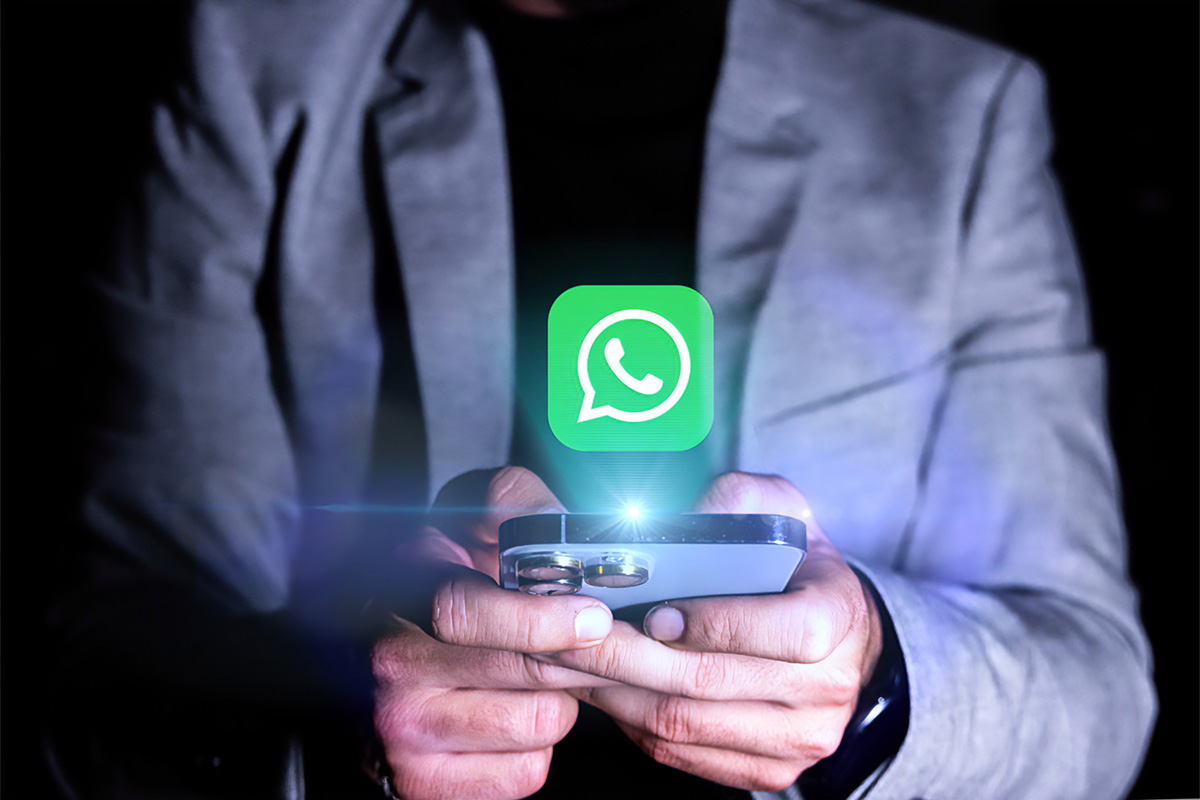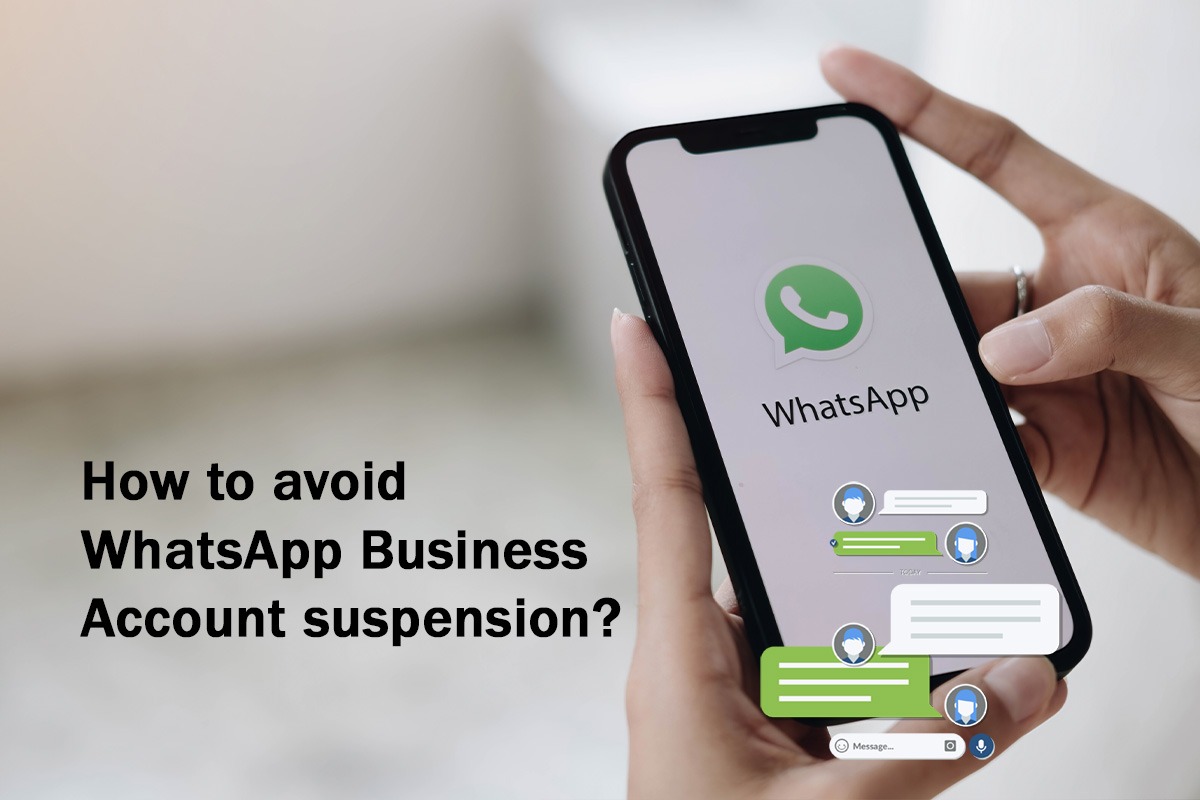As we approach the new fiscal year, it’s time for marketers—especially small business owners and retailers—to roll up their sleeves and dive into budget planning. This is not just about numbers; it’s about strategically allocating resources to ensure your marketing efforts yield the best returns. With so many areas to focus on, how can you prioritize effectively? Let’s explore five critical areas you should prepare for in your upcoming budget planning, including CRM and loyalty marketing, influencer marketing, social media marketing, content marketing, and data analytics.
1. CRM & Loyalty Marketing
Why It Matters
Customer Relationship Management (CRM) and loyalty marketing are crucial for building lasting relationships with customers. In a competitive marketplace, retaining existing customers is often more cost-effective than acquiring new ones. Effective CRM systems enable businesses to manage customer interactions, analyze data, and tailor marketing efforts to meet individual needs.
Budget Considerations
CRM Costs: Research and select a CRM solution that fits your business size and needs. Allocate a budget for CRM deployment, data integration with retail POS systems, and ongoing maintenance.
Loyalty Programs: Consider costs associated with implementing and promoting a loyalty program, including rewards, discounts, or exclusive offers. The choice between an in-store portal or a member portal depends on your customer purchase cycle:
- Member Portal: Best for businesses with high usage, such as F&B outlets, supermarkets, and fast-food restaurants.
- In-Store Portal: Suitable for industries like fashion, beauty, and sportswear.
For luxury retail brands, a retail clienteling solution is ideal for providing a personalized shopping experience. Sales associates can use clienteling tools to communicate and make product recommendations via integrated channels like WeChat and WhatsApp. This approach allows for a seamless transition from online engagement to an enhanced in-store experience.
Example
Starbucks Member Portal: Starbucks exemplifies effective loyalty marketing with their app, where customers earn points for every purchase, redeemable for free drinks and food. In the last reported year, Starbucks experienced a 20% increase in loyalty program members, significantly boosting sales. By investing in CRM and loyalty marketing, they have cultivated a community of engaged customers who return consistently.
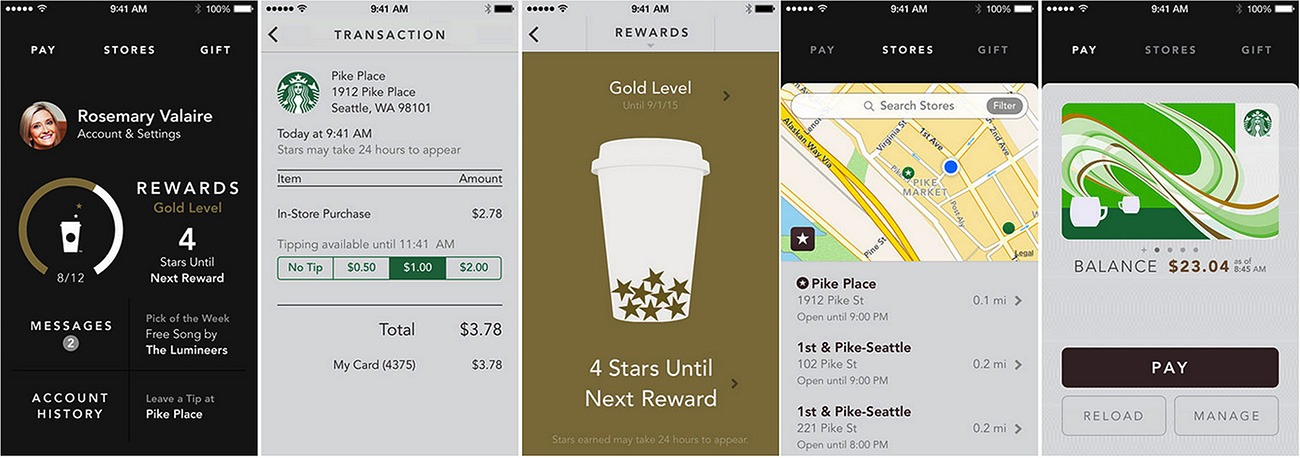
King Fook Retail Clienteling: As a leading luxury jewelry and watch brand in Hong Kong, King Fook is a prime example of effective clienteling in the retail space. Their sales associates use a clienteling app to access customer profiles, including purchase history and preferences. This allows associates to provide personalized recommendations and tailored shopping experiences.
For example, if a customer purchases a luxury watch, the associate can use clienteling to set a reminder to reach out for the next cleaning service in six months. Communication can seamlessly continue via call, SMS, WhatsApp, or WeChat within the clienteling platform, creating a smooth experience both online and in-store. This personalized approach not only boosts customer satisfaction but also encourages repeat business, as customers feel valued and appreciated.
By investing in clienteling solutions, luxury brands can effectively stand out in the competitive retail landscape. The integration of retail clienteling with a robust CRM strategy has enabled King Fook to maintain its status as a renowned jewelry and watch brand in the industry today.
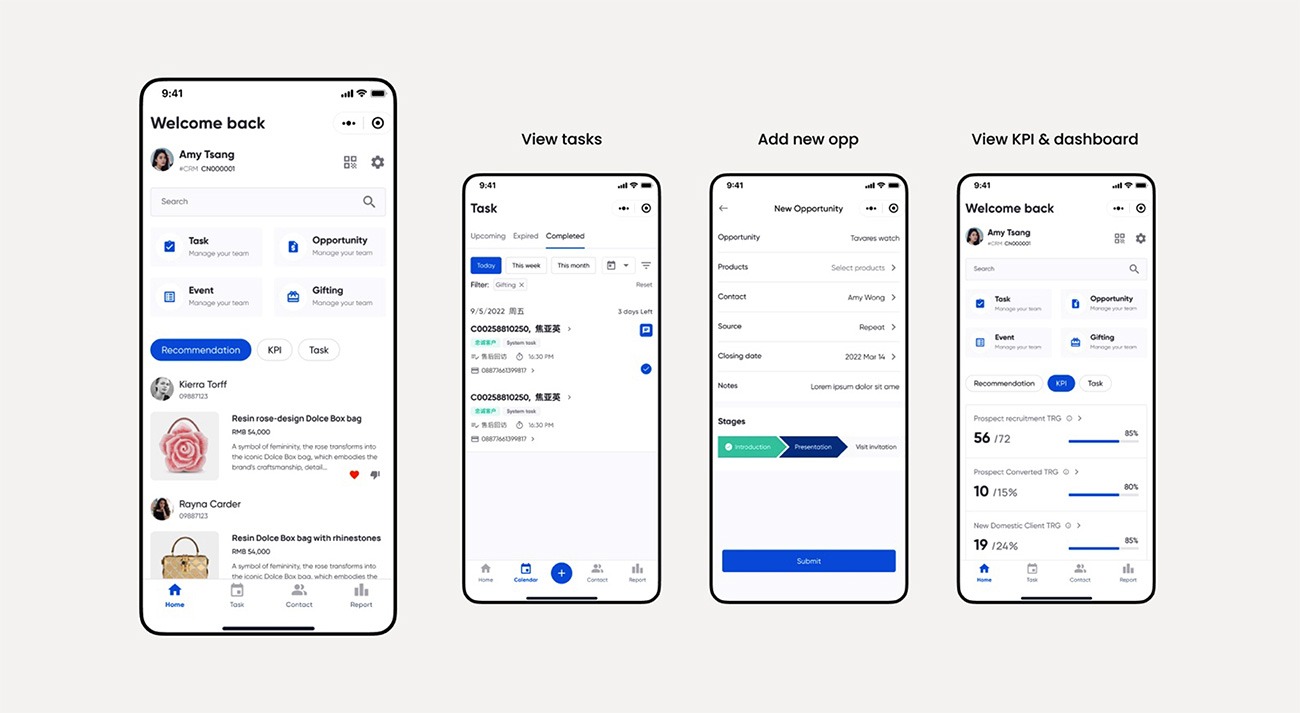
2. Influencer Marketing
Why It Matters
Influencer marketing leverages the reach and credibility of social media personalities to promote your brand. With consumers increasingly turning to social media for recommendations, partnering with the right influencers can enhance your brand’s visibility and credibility. In Asia, influencers can be categorized into Key Opinion Leader (KOL), Key Opinion Consumer (KOC) and Key Opinion Sales (KOS). While KOL and KOC are determined by the fans size, similar to influencers and micro-influencers; KOS is a term where retail sales staffs become influencers for their own private group customers. The marketing objectives for KOL, KOC & KOS are different and building the right influencer marketing strategies to meet business objectives are essential.
Budget Considerations
Influencer Fees: Allocate funds for influencer partnerships, which can vary significantly based on their follower count and engagement rates.
Campaign Costs: Consider costs for creating content, running ads, or hosting events with influencers. Commission scheme will also be necessary if you are using influencers for livestream commerce to generate sales.
Example
H&M effectively utilized influencer marketing to promote its Fall Studio Collection by partnering with prominent fashion figures, including blogger Julie Sariñana and model Ela Velden. This collaboration showcased signature looks from the collection, positioning H&M as both accessible and trendy within the fashion community. The influencers seamlessly embodied the collection’s aesthetics, enhancing its appeal while connecting H&M to their dedicated audiences. This strategic approach not only boosted brand visibility but also reinforced H&M’s reputation among fashion enthusiasts.

3. Social Media Marketing
Why It Matters
Social media is no longer just a platform for socializing; it’s a powerful marketing tool. Research has shown that majority of consumers expect their favourite brands to have social media presence. And 90% of consumers will buy from brands they follow on social media. Businesses can engage with customers, promote products, and build brand loyalty through effective social media strategies.
Budget Considerations
Ad Spend: Set aside a portion of your budget for paid advertising on platforms like Facebook, Instagram, and LinkedIn, where you can target specific demographics. In China, social media such as Red, WeChat, Douyin and marketplaces (Tmall and JD) will be preferred.
Content Creation: Allocate funds for creating high-quality content, including graphics, videos, and copywriting.
Example
With over 300 million followers on Instagram alone, Nike stands out as one of the leading brands on social media. Their innovative marketing not only showcases newly launched products on their feed but also highlights athletes actively using them, attracting a vast audience of loyal consumers and sports fans. Additionally, Nike leverages its sponsorship of the Paralympics to celebrate athletes’ passion and dedication, further strengthening its connection with the sporting community and reinforcing its commitment to inclusivity and excellence.

At the core of Avène’s brand is its thermal spring water. In China, Avène has primarily leveraged social media platforms like Red, Douyin, Tmall, and WeChat mini-programs to drive its success. Their strategy emphasizes engaging content and community interaction, fostering a loyal customer base. It’s estimated that over 60% of Avène’s sales originate from online platforms. The brand has experienced remarkable growth and recognition, demonstrating that a well-structured social media budget can yield significant returns.

4. Content Marketing
Why It Matters
Content marketing involves creating valuable, relevant content to attract and engage your target audience. This strategy not only drives traffic but also establishes your brand as an authority in your industry. When it comes to China social media landscape, online presence with quality content, especially in Red platform, is critical to a brand’s success. Indeed, many Chinese consumers will not make any purchase decision without first checking on Red platform for reviews.
Budget Considerations
Content Production: Budget for hiring writers, designers, and videographers to create high-quality content. Engaging influencers to produce content is just as important to attract fans from their followers and the cost will largely depend on the size of the fans.
Distribution and Promotion: Allocate funds for promoting your content through ads, email newsletters, and social media.
Example
Red Bull, a leader in energy drink category, has been successful with their content marketing across social media including videos and streaming of live events. By creating high-quality engaging content, Red Bull has attracted large consumer segments who are interested in adventurous activities that energy drinkers often engage in. Red Bull quickly gained an edge in the industry, demonstrating that your content strategy doesn’t need to mimic your competitors’ to achieve success.

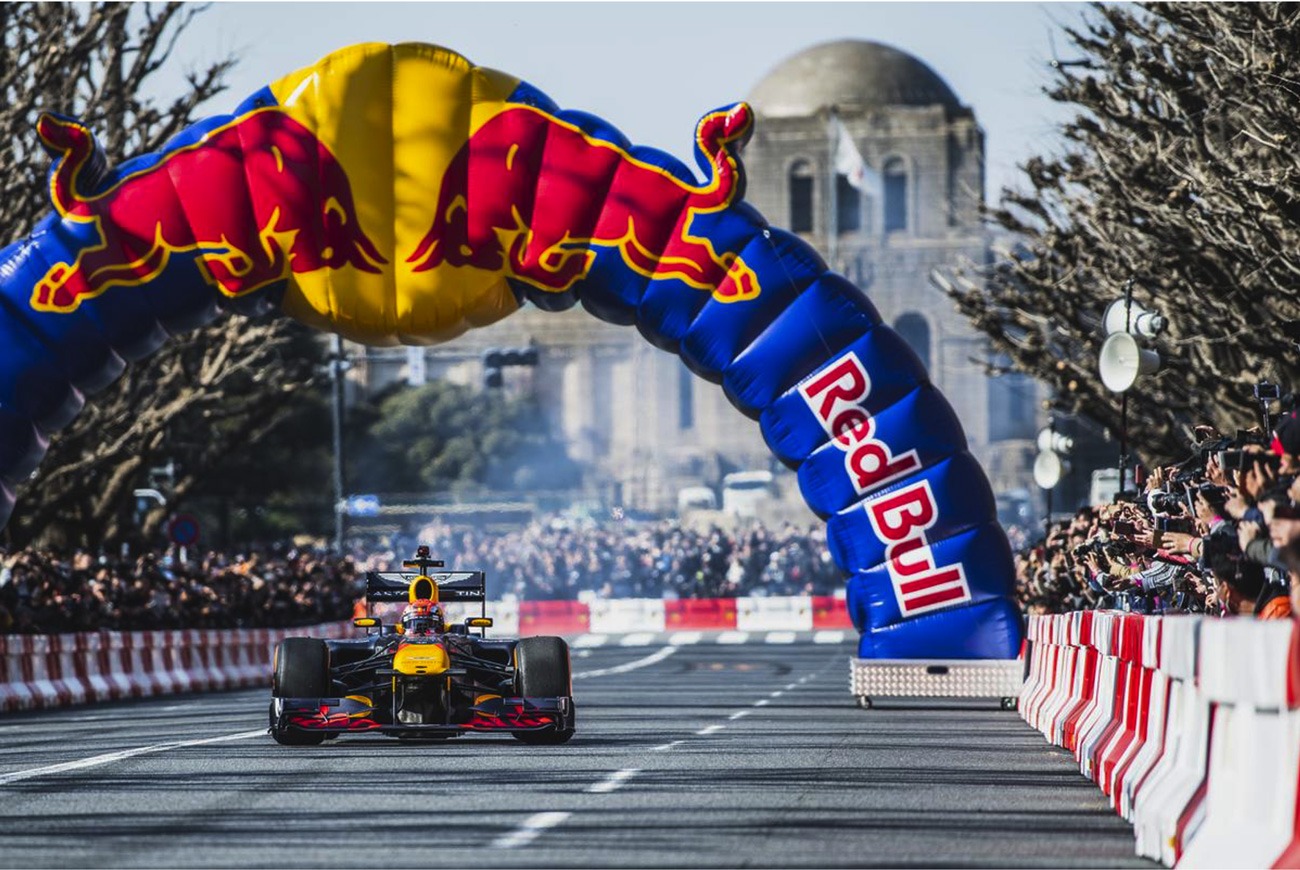
5. Data Analytics
Why It Matters
Data analytics enable you to measure the effectiveness of your marketing efforts, understand customer behavior, and make informed decisions. In today’s data-driven world, leveraging analytics is crucial for optimizing your retail marketing strategy.
Budget Considerations
Analytics Tools: Invest in analytics software (like Google Analytics, SEMrush, or Tableau) to track performance and gather insights.
Training and Expertise: Invest in training staff or hiring experts to interpret data and implement insights. However, outsourcing to CRM firms with analytics tools can be a smart alternative, providing valuable data insights without the heavy costs of acquiring systems and hiring in-house staff. This approach not only saves money but also allows businesses to leverage specialized expertise, making it a cost-effective solution for maximizing data utilization.
At XGATE, we provide comprehensive data collection services from various customer touchpoints, enabling businesses to harness valuable insights. Just like Amazon, which utilizes data analytics to inform its marketing strategies by analyzing customer behavior for product recommendations and personalized shopping experiences, we help our clients optimize their marketing efforts. By investing in our data analytics services, businesses can enhance their decision-making processes, improve customer engagement, and ultimately boost sales. Our expertise in data-driven strategies underscores the critical role analytics plays in achieving business success.
Conclusion
As you embark on your budget planning for the upcoming year, focusing on these five critical areas—CRM and loyalty marketing, influencer marketing, social media marketing, content marketing, and data analytics—will help you allocate resources effectively and set your business up for success. Remember, a well-planned budget is not just about cutting costs; it’s about investing in strategies that will yield the highest returns. By preparing thoughtfully, you can navigate the competitive landscape and achieve your marketing objectives with confidence. Happy budgeting!
Click here to speak with our marketing experts about budget planning today.


